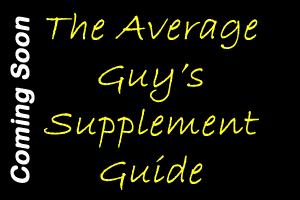I am sure most of you have had a massage at one time or another. Or it may have been suggested to you to have a massage. Today, I am going to talk about the benefits of massage so hopefully you will not only view massage as a treat but as a necessity to maintain good health. Massage therapy is not just reserved for athletes or for those in rehabilitation from injury. Massage is of benefit to everyone. Massage is medically defined as: “systematic therapeutic stroking or kneading of the body” Yes, massage is a treat but it also should be viewed as muscle therapy. There are many forms of massage. Some of the more known forms are:
acupressure, shiatsu, ayurvedic, myofascial release, stone massage, Chinese massage, and trigger point therapy to mention just a few.
Massage involves acting on the body tissues with pressure. Some of the tissues targeted may be muscles, tendons, ligaments, skin as well as lymphatic and gastrointestinal. The fingers, hands, elbows or feet may all be used to apply adequate pressure. www.cmta.ca is an excellent resource for massage information. Another excellent resource that will help you understand the different forms of massage is www.massagetherapy101.com
Sports or rehabilitative massage therapy tends to be a higher quality massage than the traditional “spa” massage. For clients at our fitness studio, we recommend a sports or rehab massage. “Methods such as active release techniques (ART), deep tissue massage, deep muscle therapy, myofascial release and neuromuscular therapy are devoted to finding points of tension, muscle spasms and scar tissue and relieving these symptoms. Various methods of massage, pressure and stretching will make scar tissue and tense muscle more supple. The easing of these tissue knots, in turn, can trigger a whole body improvement as supplementary and connected tissues and structures are no longer compensating for the injury.”
Source: www.massagetherapy101.com
Some benefits you may experience from massage are:
* reducing pain
* relief from stress
* improve circulation
* reduce inflammation
* correction of postural problems by releasing restricted muscles
* improve joint mobility
* relax tight muscles
* release of toxins from muscle tissues
* reduce tension within muscles
* a feeling of relaxation and an increase in energy
Most people will feel very relaxed after a massage. Some will feel a little lethargic and fatigued after a massage. This is perfectly normal as toxins are often released during the massage therapy. It is advisable to drink plenty of water following a massage. Some massage therapists will recommend an Epsom salts bath to help rid the body of toxins released. Please don't have a massage prior to your workout at the gym; but it is a great idea to book one for after your workout.
We recommend that our clients set up a regular massage schedule whether it be weekly, bi weekly or monthly. Keeping the muscles pliable and stress free will go a long way to preventing postural problems that often result in neck pain, low back pain, headaches and an overall feeling of tightness.
Till next time,
Narina Prokosch
